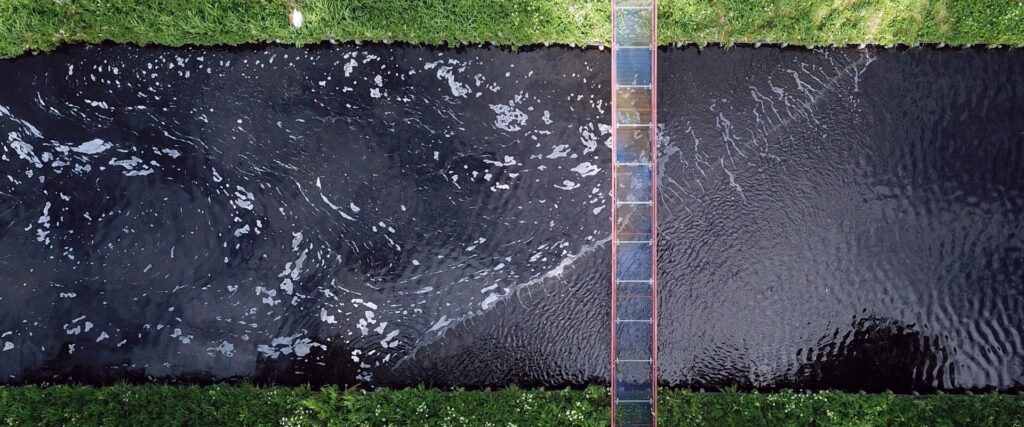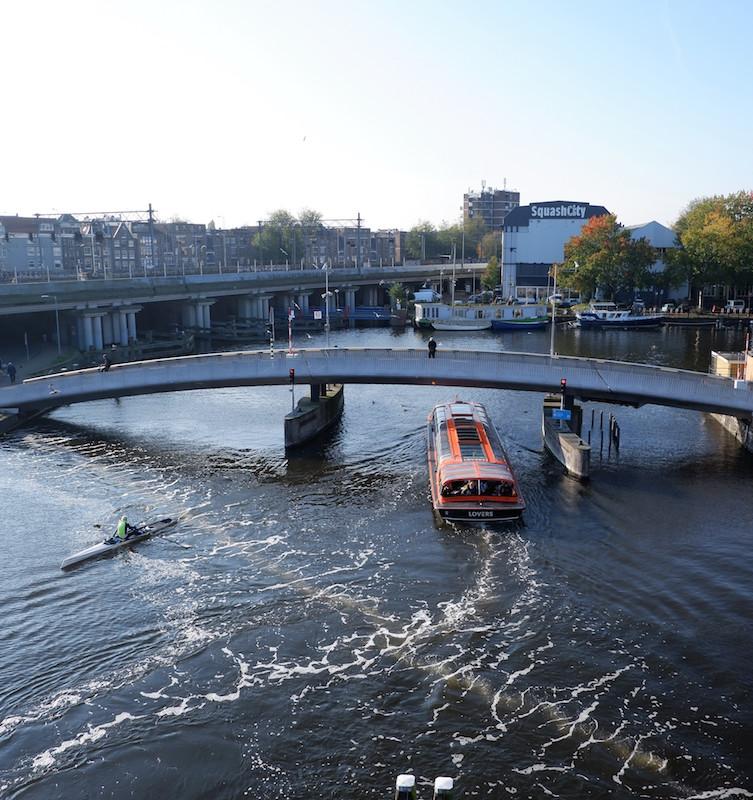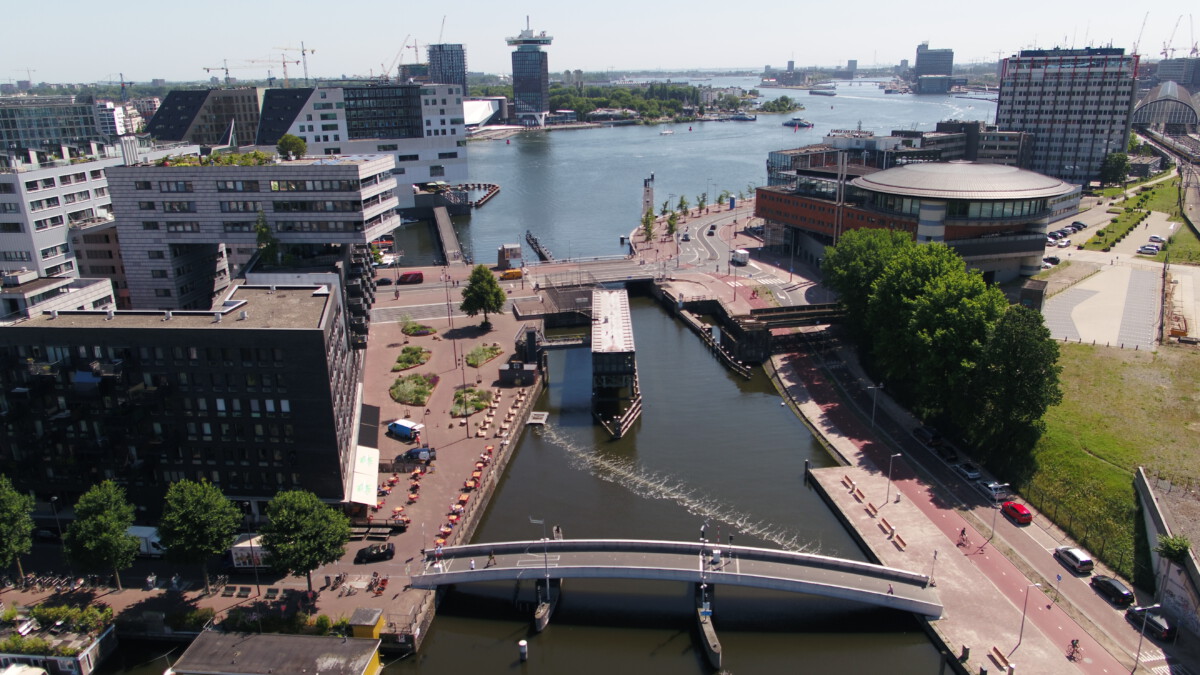Plastic polluting water bodies is nothing new. People and governments have actively been looking for ways to somehow separate the former from the latter. But among all these trials and errors, a dutch startup is harnessing the power of tiny bubbles to separate plastic waste from Europe’s rivers. The Great Bubble Barrier has an innovative way of tackling plastic pollution, which creates a curtain of bubbles that creates a force and pushes the plastics to the side of the waterway, hence keeping them separate from the water body.
They estimate the bubbles could catch 86% of the material in a pilot test taken in Ijssel. The long-term barrier was installed in one of Amsterdam’s canals in 2019 and has been stopping trash from reaching the North Sea ever since. They are now planning to use its technology and make use of it outside the Netherlands for the first time, with the launch of a new Bubble Barrier in Portugal by summer 2022. It announced the new project this year’s World Clean-Up Day. Although the exact location is not revealed yet, the project will take place near Porto.

“There is an urgent need for measures that stop plastic from flowing into our oceans. With the installation of a Bubble Barrier in the Porto region, we will tackle the problem close to the source. We aim to build awareness among both residents and visitors about plastic pollution, making the impact of the project bigger than just regional.”, explained the co-founder and Chief Technical Officer of The Great Bubble Barrier, Philip Ehrhorn.
A recently conducted study in the UK journal Nature says that Porto Region has two of the most highly plastic polluted rivers in Portugal.
Dutch friends Francis Zoet, Marieke Eveleens, and Saskia Studer were hanging out, discussing the plastic they saw in the water while sailing when the bubbles forming in their beer bottles struck them differently. Teaming up with Philip Ehrhorn, a German surfer, they launched The Great Bubble Barrier in 2016, and have been working on perfecting their methods ever since.

The technology places a perforated tube crosswise on river beds, creating a current upward, which directs plastics to the surface and moves them to the catchment system. The barrier can catch plastics larger than 1mm and soft enough to let the migrating fish pass through, in fact increasing the amount of oxygen in the water, which is good for marine health, anyway.
After successfully installing the first Bubble Barrier in the Westerdok canal of Amsterdam in 2019, which flows to the river Ij, the bubblers are planning to take the technology to Asia, home to 8 out of 10 most polluted rivers in the world.
Tazeen Ansari

